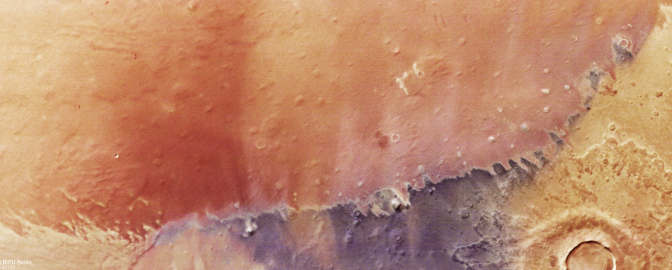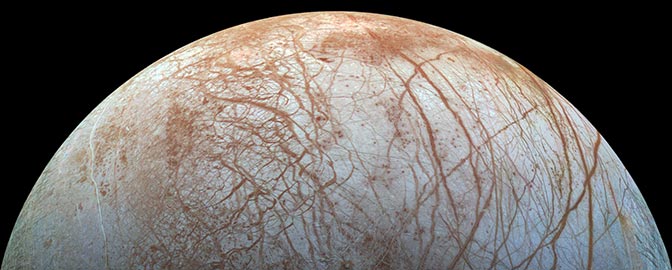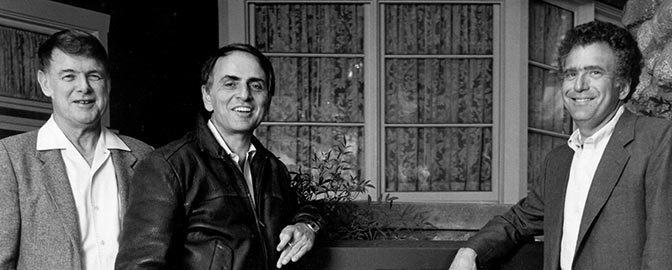The Downlink • Nov 21, 2025
Awestruck by awesomeness
Space Snapshot

Have you ever seen a galaxy photobomb a comet? Discovered in January 2025, comet Lemmon made its closest approach to Earth in October, when amateur astrophotographer Ela Şen captured this photo from Çanakkale, Turkey. The Little Pinwheel Galaxy, also called NGC 3184, peeked out from behind the comet from a distance of nearly 40 million light-years. Image credit: Ela Şen.
Fact Worth Sharing
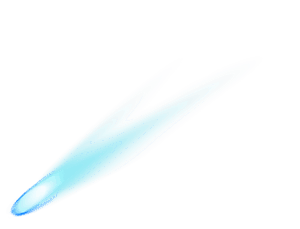
Astronomers estimate comet Lemmon’s orbital period at about 1,350 years, but its close approach to the Sun sped it up. The comet is now expected to take 1,150 years to make its next orbit, bringing it back to Earth’s vicinity in the year 3175.
Mission Briefings


ESCAPADE successfully began its journey to Mars. The NASA mission includes two twin spacecraft, which will work together to study Mars’ magnetic field and atmosphere to better understand how the planet became less habitable over time. ESCAPADE launched on a Blue Origin New Glenn rocket on Nov. 13. Pictured: An illustration showing Mars bombarded by solar particles, a result of its lack of a magnetic field. Image credit: NASA/GSFC.

A new crater discovery is the largest ever found from our geological epoch. The Jinlin crater, discovered in Zhaoqing, Guangdong Province, China, is thought to have formed in the early to mid-Holocene — our current geological epoch. At approximately 900 meters (nearly 3,000 feet) in diameter, this makes it the largest known impact crater from this time period.

A coronal mass ejection (CME) from another star has been observed for the first time. Astronomers using the European Space Agency’s XMM-Newton space observatory and the LOFAR telescope recently got the first definitive observation of another star — a red dwarf about 40 light-years away — ejecting material in the form of a CME. The eruption was powerful enough to have stripped away the atmosphere of any nearby planet.

The briefly stranded Chinese taikonauts are now back on Earth. The Shenzhou-20 crew was originally unable to return as planned from the Tiangong-3 space station after their capsule was damaged by space debris. This week, they returned home aboard the Shenzhou-21 capsule.

Canada is increasing its contributions to the European Space Agency. The Canadian government announced this week that it will expand its investment in ESA programs by $528.5 million CAD, a tenfold increase compared to previous contributions. Canada is the only non-European partner in the European Space Agency, an arrangement that dates back to 1979.
From The Planetary Society


What if you put all the galaxies of the Universe into a pool? This is the kind of question that Toby Lockerbie explores as Epic Spaceman, a YouTube persona who uses visual effects and everyday metaphors to make the vast scale of the Universe feel human and understandable. He joins this week’s Planetary Radio to talk about his work, how visual metaphors can change how we understand the Universe, and why awe remains one of the most powerful tools for science communication. Image credit: Epic Spaceman.

The U.S. government shutdown is over. What’s next for NASA? Ari Koeppel, The Planetary Society’s policy fellow, explains where NASA stands in the post-shutdown government landscape. If you want to help ensure that NASA Science gets the funding it needs, use our quick online form to contact your representative in the House to encourage them to sign the bipartisan congressional letter requesting full funding for NASA Science in the final deal for Fiscal Year 2026.

A new call for STEP Grant proposals is now open. The Planetary Society is now accepting proposals for its Science and Technology Empowered by the Public (STEP) Grants. These are planetary science and/or technology grants chosen from an open, international, competed proposal process. Submissions are open until Jan. 22, 2026.
Vote for the Best of 2025

Our annual campaign to celebrate the last year in space is underway, and we want to hear from you! Vote for the most awesome space image, most exciting mission milestone, favorite factoid, and more. Voting is open until the end of November, so cast your vote today!
What's Up
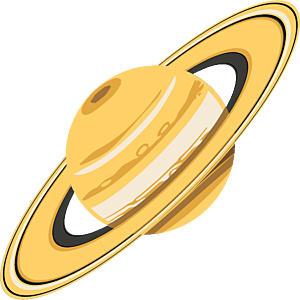
In the early evening, look for yellowish Saturn rising in the east and moving across the sky overnight. Very bright Jupiter comes up a bit later in the east and is high overhead before dawn. Find out what else to look for in November’s night skies.
Carl Sagan. Bill Nye. You.

The Planetary Society was co-founded by Carl Sagan to give you an essential role in space exploration. Not already a member? Join today! When you become a member, you join a global community of space advocates who make a critical difference in supporting a future full of space exploration. Join CEO Bill Nye and become part of the world's most effective independent space advocacy nonprofit!
Wow of the Week

JWST has dropped yet another awe-inspiring image. This view from the space telescope shows four coiled shells of dust around a pair of stars. The stars orbit one another approximately every 190 years. When they pass close to each other, they produce and spew out the dust that forms these concentric shells. A third, massive supergiant star is also present, gravitationally affecting the shells. Learn more about this fascinating cosmic phenomenon. Image credit: NASA, ESA, CSA, et al.
Send us your artwork!
We love to feature space artwork in the Downlink. If you create any kind of space-related art, we invite you to send it to us by replying to any Downlink email or writing to [email protected]. Please let us know in your email if you’re a Planetary Society member!


 Explore Worlds
Explore Worlds Find Life
Find Life Defend Earth
Defend Earth